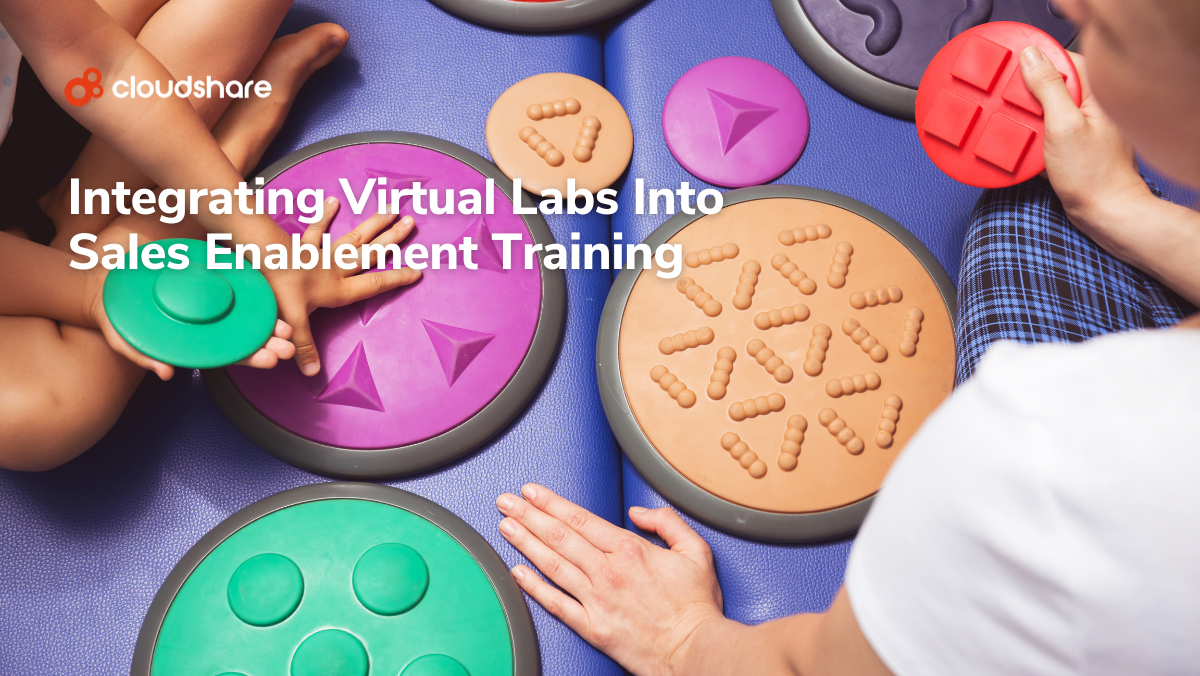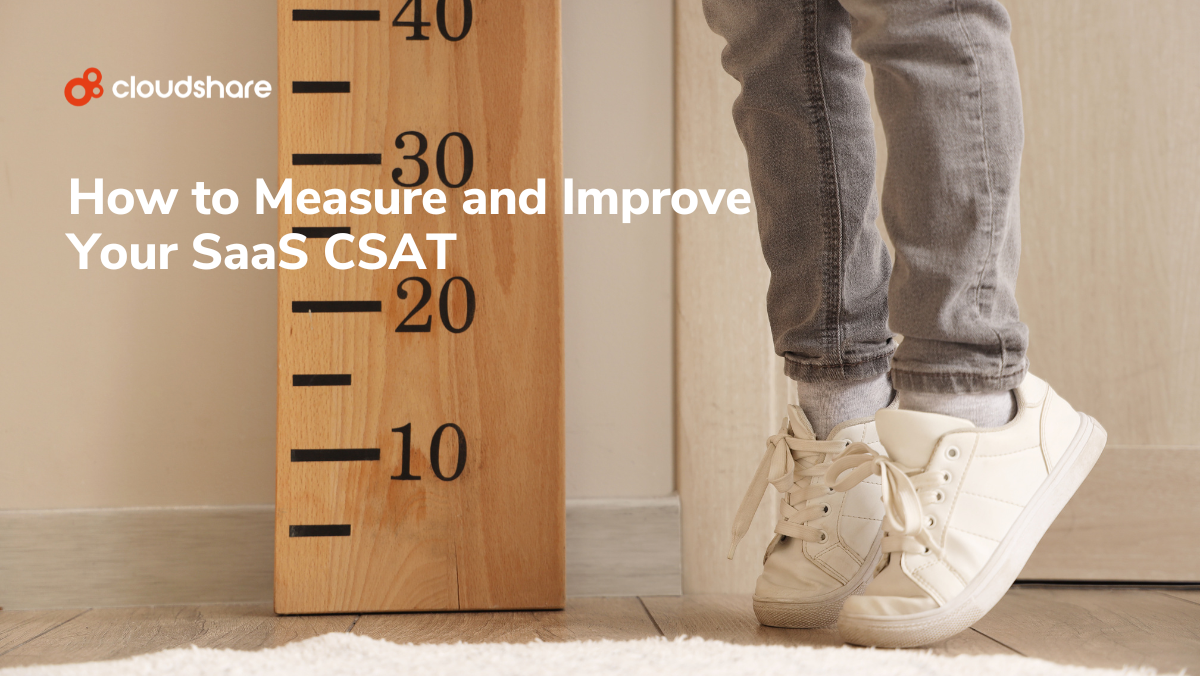Glossary
Sales Engagement
When you want to market a restaurant, you might place a sign out on the sidewalk advertising a new dish or print a commercial on a local billboard or newspaper.
But when you want to market a more complex product or service like a SaaS product, you need a more engaging approach to guide a customer through the many features and value your products offer.
This process is best described as sales engagement, which refers to all interactions and touchpoints between a prospective client and a sales representative at your company.
Smart organizations know how to organize a framework for the sales engagement process, providing customers with the right information at the right time to push them through the customer journey.
How Sales Engagement Compares To Related Concepts
The best practices necessary to approach sales engagement differ from those in sales enablement, prospect engagement, sales readiness, and other related concepts. So understanding the differences between these linked business functions should be your first step.
Sales Engagement vs. Sales Enablement
Engagement and enablement apply during different points in the sales workflow. Enablement occurs before contact with the customer when businesses empower their teams with the knowledge and resources they need to engage confidently with their clients. Resources like sales coaching and internal communication with other stakeholders contribute to enablement initiatives.
Sales engagement, by contrast, accelerates representatives’ productivity while they engage with potential clients. By working through an efficient framework, sales staff can boost their output through features like email and call automation and opportunity management tools.
Both sales engagement and enablement work towards scaling sales processes and maximizing the amount of value a business gets out of interactions with buyers.
Sales Engagement vs. Prospect Engagement
Prospect engagement is a subset of sales engagement that occurs in the early stages of the customer journey. Sales teams are primarily focused on capturing the attention of prospective customers first. Only then can they focus on making those customers interested in your brand’s offerings.
Prospect engagement is typically a fast-paced, short-term stage in the sales funnel. The software industry often uses frequent communication through short emails or text messages. However, slower prospect engagement stages also exist, such as in financial services where the longer sales cycles call for a more methodical approach.
What About Sales Readiness?
Sales readiness and enablement function similarly, but the latter is essentially a broader version of the former. Readiness ensures a representative is ready for the next sales meeting with a customer, whereas enablement covers all the resources and policies companies provide to assist sales staff.
Another way to view the distinction is that enablement goes beyond the boundaries of the sales department and involves marketing teams and management and their efforts to boost sales productivity as well.
What’s the Role of Sales Training?
Sales training is exactly what the name implies: education for sales personnel to help them close deals more effectively. Sales training can either be product-focused (covering use cases, specifications, and feature sets) or process-focused (sales procedures specific to your organization that define how it interacts with customers).
How To Implement Impactful Sales Engagement Initiatives in Your Organization
Sales engagement starts with building a business process and integrating it into your sales cycle. We’ll cover how this process transpires and what best practices and tools you can use to guarantee success.
The Sales Engagement Framework
Customer engagement is ultimately a framework that guides personnel through the sales process, from initial sales to renewals and cross-selling. For example, a company might instruct its sales staff to make initial contact with a prospect through phone, email, social media, or other channel. It might provide guidance on how to prepare responses and follow-ups based on how the conversation is going.
This framework is merely a guideline, so encourage sales teams to modify their approach based on the situation. It might be worth fast-tracking the process if a customer becomes annoyed at the length of the interaction.
Integrating That Framework with the Sales Cycle
The way your sellers interact with prospects at each stage of the sales cycle has the largest impact on the customer’s purchasing decision. Integrating the framework with the sales cycle is key to sales engagement, and it happens at the intersection between sales engagement and enablement.
A typical example of a sales cycle supported by engagement functions follows:
- At the prospecting stage, a representative might consult with a customer relationship management (CRM) platform to retrieve a client’s contact information. Based on the customer’s demographic data, he might route the call to an appropriate sales member.
- To connect with the client, sales reps go through cadences—a series of calls, emails, and other forms of contact—over a period. This stage initializes contact with clients using the channels they prefer.
- Relationship management follows to monitor the interactions and assess how effective outreach has been. Metrics like open rates for emails and past call data measure sales engagement.
Much of relationship management has to do with data analytics. Sales data conveys the demographic information of your prospective buyers and the preferences and intentions that drive their purchasing decisions.
Data also tracks engagement at all stages of the buyer journey, helping representatives follow up on promising leads and identify points of friction that could lead to drop-off. Sales data essentially makes the sales cycle transparent and easier to work with.
Best Practices For Sales Engagement Initiatives
One of the first recommendations many engagement professionals will tell you is to keep your sales and marketing teams close. Both groups share similar goals and work with similar data and processes, hence why sales engagement strategies often rely on content from the marketing department.
For instance, marketing is responsible for developing advertisements, images, blog posts, promotions, and campaigns. The sales team then brings these assets to the clients through channels like social media or email.
And that’s why tight alignment between sales and marketing benefits engagement. When you have visibility into how marketing and sales work together, you can improve how you communicate with prospects. Ask both departments to meet regularly to discuss upcoming content strategies and share feedback.
Another best practice is to constantly improve, as sales engagement cannot be a “set it and forget it” consideration. Dive into performance metrics, both broad ones and individual performance measurements, to gauge how well your engagement strategies have been doing.
But even collecting and analyzing metrics leads into arguably the most important customer engagement tactic: adopting sales tools and platforms. You’ll find two types of sales software on the market: enablement platforms that develop and deliver training content and guidance to representatives and engagement tools that build and optimize an overall engagement strategy.
Investing in Sales Engagement Tools
Sales teams use engagement tools primarily to build visibility into the sales cycle and map out engagement frameworks. Commonly-used features include:
- Calling functions like contact lists and account systems for individual prospects
- Analytics like email open rates and engagement statistics
- Workflow optimizations like email scheduling and integration support
These platforms assist in gathering data from various communication channels (email, phone, social media, etc.) to drive decision-making around the sales cycle.
Next Steps: Promote Customer Engagement Through Interactive Training with CloudShare
Those moments of contact between your sales team and potential clients are critical to increasing conversions and keeping customers loyal to your brand.
And in complicated markets like software, providing the perfect digital experience should be the goal of any sales engagement efforts.
Looking for actionable tips and tactics you can deploy to boost sales engagement? Read 6 Tips to Increase Learner Engagement With Better Digital Experiences and learn exactly what the experts are doing to boost their engagement metrics.


